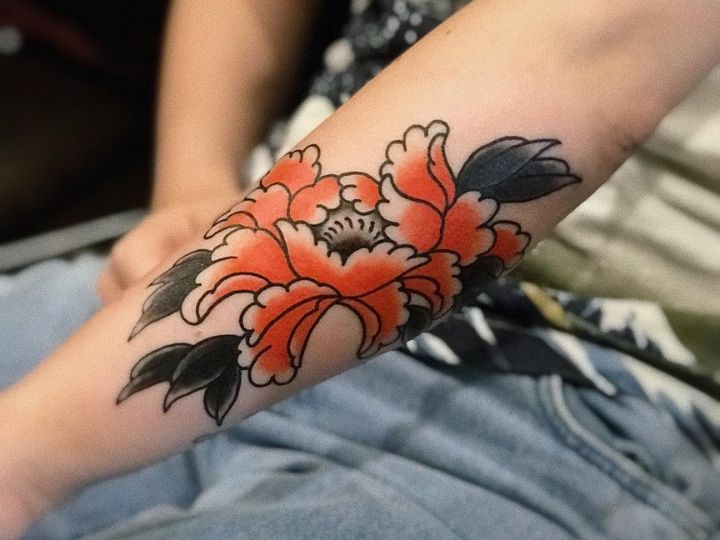Guide To Getting A Japanese Flower Tattoo In Sydney
Japanese floral illustrations, as captured in flower tattoos, are a brilliant and captivating display of symbolism. Every flower or a combination of flowers and other images communicates a meaning. Flowers show the cyclic nature of life. According to the Japanese, they never die, which makes choosing custom flowers Japanese tattoos much more than an inking oriental fad.
The flower choice for a tattoo can display personal religious convictions, affiliations, and one’s spiritual wealth. Therefore it is essential to understand the symbolic meaning of a flower before choosing it for the style and design of a tattoo. The meaning also varies depending on the gender of the client.
Oriental Symbolisms Depicted in Flowers in Japanese Tattoos
Tattoos with flowers can be inked individually or combined over an arm into a sleeve-like design. In addition to their historical significance, flower tattoos are a top choice for their beauty, and their symbolism effectively captures and communicates deep and complex emotions.
Japanese Flower Tattoos

Peony
Though portrayed as having an aspect of war, the peony is a sign of courage and strength. When inked on a woman, it symbolises femininity and wisdom.
Chrysanthemum
Japanese emperors hold this flower in high esteem, comparing its petals to the delicate beauty of the rising sun’s rays. It honours leadership and acts as a symbol of the emperor’s throne, the chrysanthemum throne. Chrysanthemum tattoos symbolise joy, prosperity, and well-being and call the bearer to courage and endurance.
Lotus
The lotus is one of the more famous flowers of this Land of the Rising Sun. Tattoos with this flower show the ability of the bearer to embrace self-development and pursue high levels of spirituality. It shows happiness and an appreciation of the beauty inherent in all things.
Tattoo artists have evolved many Japanese lotus ideas for their inking symbolism to portray different messages. A purple lotus tattoo’s meaning takes after Buddhist teachings of spirituality and mysticism, while the pink lotus tattoo represents Buddha. A tattoo with a red lotus in open bloom is an inspirational message of love.
The Cherry blossom
The cherry makes the top choice for those who want to display appreciation for the gift of every moment of life. Nature allows the cherry blossom just a few hours to bloom, making people happy and a special flower.
And so should man behold the gift of life as a chance to blossom and bring others gladness, and therefore, the lesson on valuing every moment of one’s life.
The rose tattoo
In many societies, the rose is a sign of beauty, just like among the Japanese, where it also symbolises wealth and luxury. Its meaning changes when accompanied by symbols such as another flower, a sword, or a Koi.
The lily
The lily’s simplicity elevates it among the Japanese as a symbol of humility, virtue, and purity. It is the esteemed symbol of motherhood and plays a poignant role during remembrance ceremonies.
Lilies have retained their place as a sign of grace, reminding women that though they are as delicate as the lily, they can flourish surreptitiously among other flowers.
Japanese flower sleeve tattoo
The sleeve tattoo runs from the shoulder to the wrist, a mesmerising design with all the skin inked. Sleeve tattoos with flower themes often combine the flowers and other images that modify the meaning of the flowers to give different messages. They use vivid colours or black ink.
Choosing an Appropriate Japanese Flower Tattoo
The flower choice for a tattoo has varying meanings depending on whether the artist inks the flower as a solo piece, accompanied by other flowers, or cultural, mystical, and national symbols. The Japanese have used flowers for centuries to depict all facets of life, from fortune to the sombre embrace of death.
The colour used in the tattooing also carries a symbolic meaning. A Japanese flower tattoo is more than a decoration; it shows personal beliefs, allegiance to institutions, and alignment with their doctrine.






